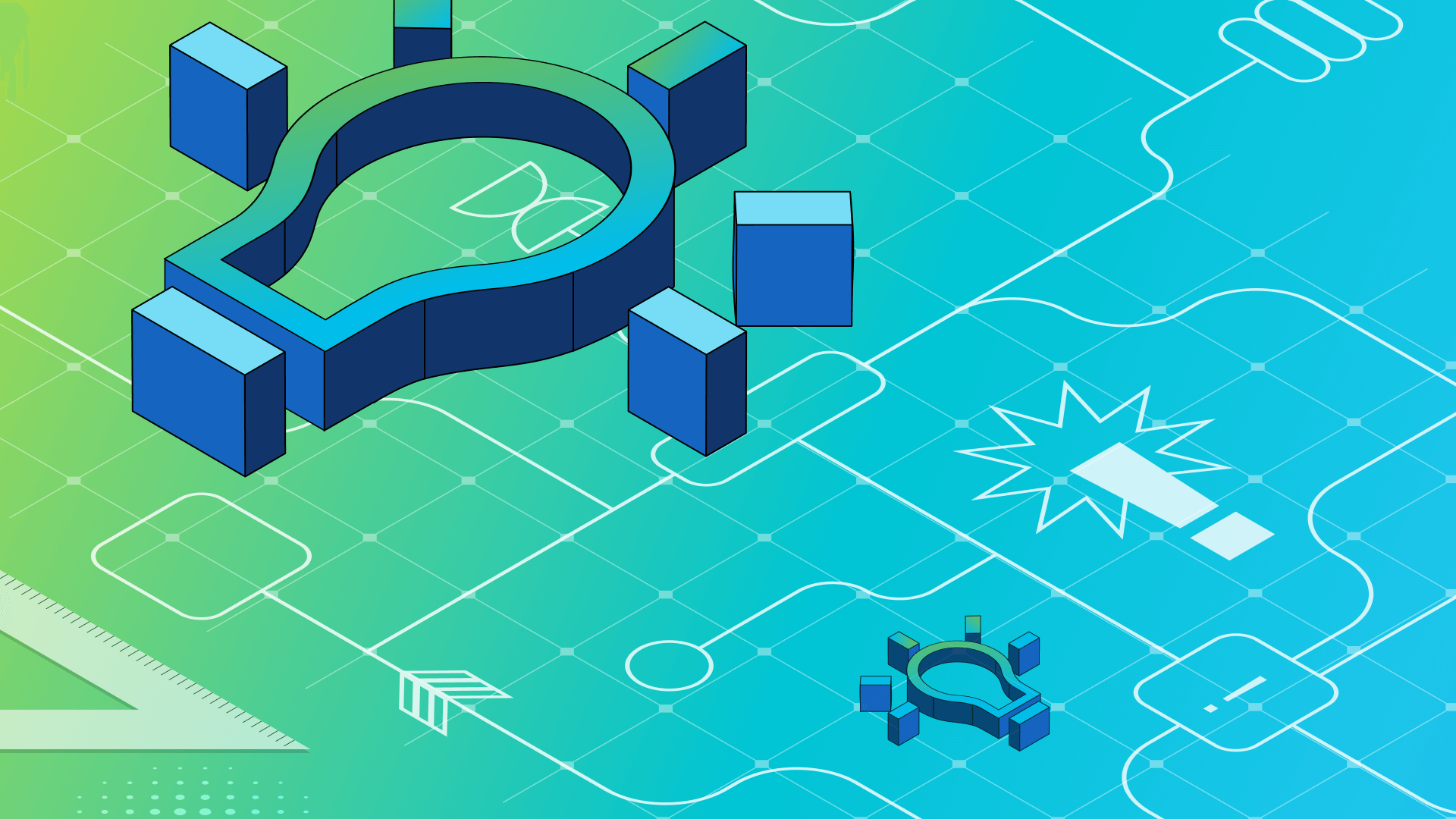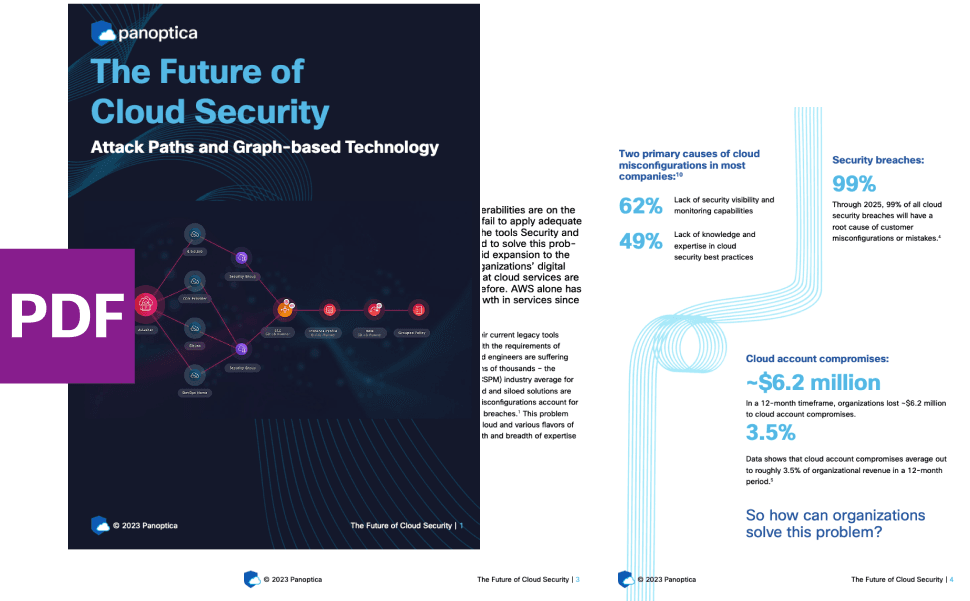Published on 00/00/0000
Last updated on 00/00/0000
Published on 00/00/0000
Last updated on 00/00/0000
Share
Share
STRATEGY & INSIGHTS
5 min read

Share
With the responsibility to support DevOps needs for 2000+ engineers in the Data center and Cloud networking team, the existing infrastructure was a bottleneck to support the requirements of complex engineering projects. These requirements include a mix of mono and multi-repositories, a rapidly increasing number of microservices, and deployments across multiple clouds in addition to on-prem deliverables. The need for a fast, secure, scalable, portable, and efficient infrastructure applicable for all the products was clear, and it had to be based on open source (OSS) to be cost-effective while delivering an excellent developer experience.
The Accordion framework has evolved over the past three years as a comprehensive CICD solution embracing Containers & Kubernetes ecosystem for any SaaS or on-prem project at Cisco, offering huge productivity boosts to thousands of engineers and multi-million dollar savings annually. The Accordion framework is optimized for Cisco environments with many innovative features unmatched by commercial offerings while adopting industry-leading best practices. The extensible design and open architecture allows the Accordion framework and tools to be reused and adapted for applications beyond CICD across Cisco product/service offerings.

1) Accordion Pipelines/Workflows is a truly declarative and low-code cloud-native solution that simplifies the implementation of pipelines with agility. Developers can build complex workflows easily with reusable, extensible templates that support high-level abstractions in simple declarative YAML. Accordions can expedite development by eliminating the necessity to master domain-specific languages like Groovy that are difficult to manage at scale. Accordion encapsulates the underlying complexity of the infrastructure and integration with open-source components, using templates and plugins written in Golang.
As a simple use case, developers can trigger customized workflows by assigning labels to PRs in GitHub; internally, dynamic Kubernetes agents implement these dynamic workflows in multiple stages that securely run one or more containers attached to storage volumes. The integrated observability for fine-grained resource consumption at every stage enables quick troubleshooting to achieve higher SLOs.
2) Accordion Snapshots work with any cloud-native block storage to support dynamic snapshots for reusable pipelines and enable up to 5x faster incremental builds regardless of build environment/language, hiding the internal complexity from the user. It also enables unique features of fast incremental builds on Kubernetes cluster. Pipeline snapshots feature simplified restart from failure scenarios, thus saving lots of time.
3) Accordion GitOps extends GitOps paradigm beyond the traditional approach, which focuses on reconciling Kubernetes cluster states to deployment configurations in Git. Accordion GitOps provides logical abstractions for tracking deployment across Kubernetes clusters in multiple cloud environments (e.g., Dev/QA/Stage/Prod) and integration with bug tracking systems for end-to-end SDLC. The implementation provides flexibility to support multiple deployment tools and cloud providers. In addition, this framework enables GitOps innovations to simplify test automation for feature branch development workflows.
4) Observability and Analytics stack provides plug-and-play functionality for monitoring the CI/CD platform, setting up alerts, and visualizing the quality metrics. Real-time Kubernetes agent monitoring and pipeline crash analysis provide an added advantage in self-monitoring pipelines. Below are a few of many dashboards from Accordion observability and analytics stack.



Accordion has emerged as a comprehensive cloud-native CICD solution based on OSS with many innovative features unmatched by commercial vendors. It is being used by 1000+ engineers for multiple products, delivering over 16,000 builds per month with an availability SLO of 99.999%. Its dynamic runners based on incoming pipeline requirements with declarative manifests, dynamic workflows, and pipeline snapshots features save infra costs by manifolds.
We want to express our gratitude to the Data center and Cloud networking DevOps team for their valuable contributions to this project.


Get emerging insights on emerging technology straight to your inbox.
Outshift is leading the way in building an open, interoperable, agent-first, quantum-safe infrastructure for the future of artificial intelligence.

* No email required

The Shift is Outshift’s exclusive newsletter.
Get the latest news and updates on generative AI, quantum computing, and other groundbreaking innovations shaping the future of technology.
